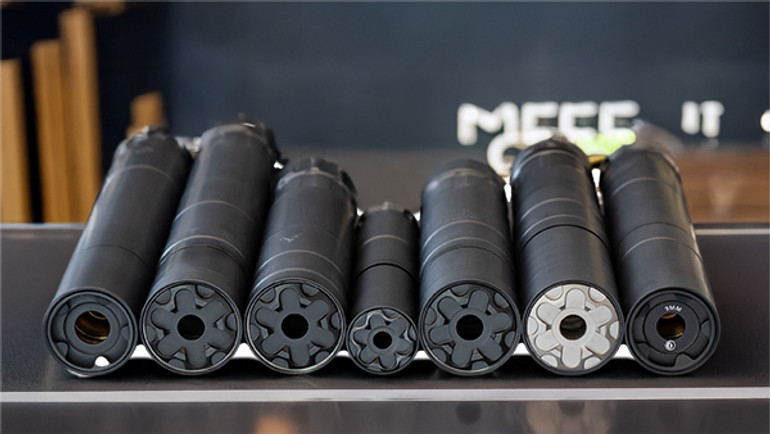Understanding Suppressors and How to Choose the Right One
When it comes to enhancing your shooting experience, suppressors play a crucial role in reducing noise and muzzle blast. However, selecting the right suppressor involves more than just picking one off the shelf. There are several key factors to consider, including firearm compatibility, thread adapters, adjustable gas blocks, and legal requirements.
1. Understanding Suppressor Compatibility
Not all suppressors are one-size-fits-all. The first step in choosing the right suppressor is ensuring it matches your firearm’s caliber and threading. Different firearms have different barrel threads, and using the wrong suppressor can result in poor performance or even damage.
Thread Adapters and Thread Protectors
One of the most overlooked aspects of attaching a suppressor is thread compatibility. Firearms come with different thread patterns, and sometimes, the suppressor you want may not match your barrel. That’s where thread adapters come in handy. These adapters allow you to fit a suppressor with a different thread size onto your firearm’s barrel.
Additionally, if you frequently switch between a suppressed and unsuppressed setup, using a thread protector is essential to prevent damage to your barrel’s threading when the suppressor is not in use.
2. Adjustable Gas Blocks: A Must-Have for Suppressed Shooting
When shooting suppressed, your firearm experiences increased backpressure, which can cause excessive gas blowback, increased recoil, and faster wear on internal components. To counteract this, many shooters install an adjustable gas block. This device allows you to fine-tune the amount of gas cycling through your firearm, improving reliability and reducing recoil.
Without an adjustable gas block, your firearm may become over-gassed, leading to ejection issues, carbon buildup, and increased wear on parts like the bolt carrier group.
3. Choosing the Right Suppressor for Your Firearm
Here are some critical factors to consider when selecting a suppressor:
-
Caliber Compatibility: Always choose a suppressor rated for your firearm’s caliber. A suppressor rated for a larger caliber can often be used on smaller calibers, but not vice versa.
-
Material and Durability: Suppressors are made from materials like aluminum, titanium, or stainless steel. Titanium is lightweight and durable but comes at a higher cost.
-
Mounting Style: Some suppressors attach via direct threading, while others use quick-detach (QD) mounts for easy on-and-off functionality.
-
Weight and Size: A longer, heavier suppressor may offer better noise reduction but could affect firearm balance.
4. Legal Considerations: The NFA Process
Purchasing a suppressor in the U.S. requires following National Firearms Act (NFA) regulations:
-
Select a suppressor from a licensed dealer.
-
Submit an ATF Form 4 along with a $200 tax stamp.
-
Complete a background check and wait for approval (typically 6-12 months).
-
Once approved, take possession of your suppressor and enjoy quieter shooting.
Closing Remarks
Suppressors offer numerous benefits, from noise reduction to improved shooting comfort. However, the key to a successful suppressor setup lies in proper planning and understanding the necessary components, such as thread adapters and adjustable gas blocks. Taking the time to research and follow the correct process ensures that your firearm operates safely and efficiently. Whether you're a seasoned shooter or a newcomer to suppressed firearms, making informed decisions will help you get the most out of your investment. Stay safe, stay informed, and enjoy your shooting experience with the right suppressor setup!


